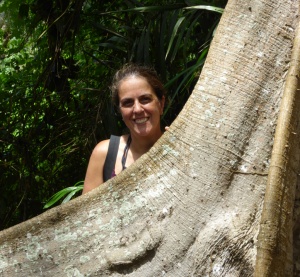Simon, M., Gichuki, N., Castro-Arellano, I. & Rainho, A. (2020) Composition and diversity of bat assemblages at Arabuko-Sokoke Forest and the adjacent farmlands, Kenya.
Mammalia,
84(2), 121-135. DOI:10.1515/mammalia-2018-0117 (IF2020 0,944; Q3 Zoology)
Recognized as a global biodiversity hotspot, coastal forests in eastern Africa are currently reduced to fragments amidst human modified habitats. Managing for biodiversity depends on our understanding of how many and which species can persist in these modified areas. Aiming at clarifying how habitat structure changes affect bat assemblage composition and richness, we used ground-level mist nets at Arabuko-Sokoke Forest (ASF) and adjacent farmlands. Habitat structure was assessed using the point-centered quarter (PCQ) method at 210 points per habitat. We captured a total of 24 bat species (ASF: 19, farmlands: 23) and 5217 individuals (ASF: 19.1%, farmlands: 82.9%). Bat diversity was higher at ASF (H′, ASF: 1.48 ± 0.2, farm: 1.33 ± 0.1), but bat richness and abundance were higher in farmlands [Chao1, ASF: 19 (19–25), farmlands: 24 (24–32) species (95% confidence interval [CI])]. Understory vegetation and canopy cover were highest at ASF and the lower bat richness and abundance observed may be the result of the under-sampling of many clutter tolerant and high flying species. Future surveys should combine different methods of capture and acoustic surveys to comprehensively sample bats at ASF. Nonetheless, the rich bat assemblages observed in farmlands around ASF should be valued and landowners encouraged to maintain orchards on their farms.

